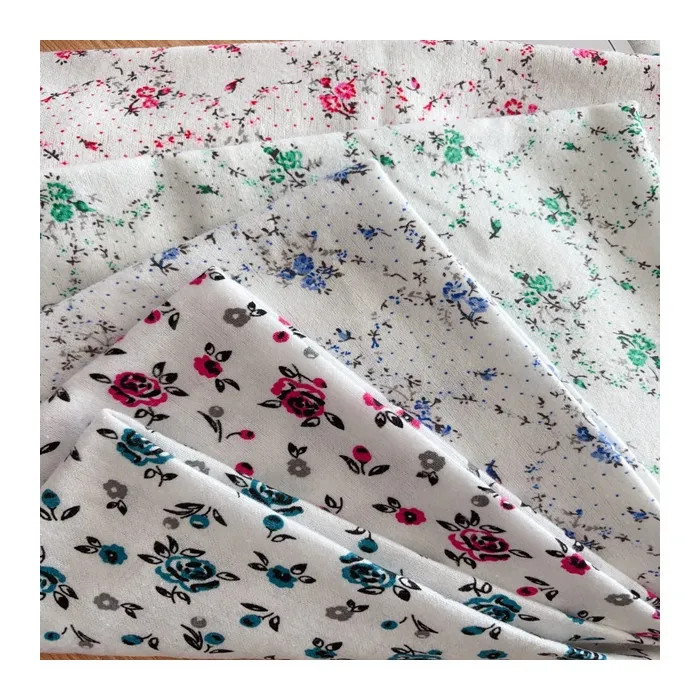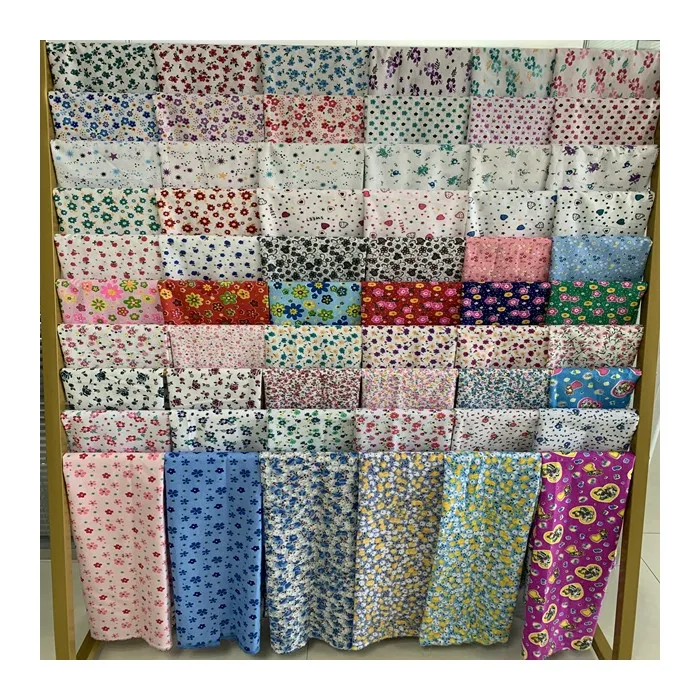
- Afrikaans
- Albanian
- Amharic
- Arabic
- Armenian
- Azerbaijani
- Basque
- Belarusian
- Bengali
- Bosnian
- Bulgarian
- Catalan
- Cebuano
- Corsican
- Croatian
- Czech
- Danish
- Dutch
- English
- Esperanto
- Estonian
- Finnish
- French
- Frisian
- Galician
- Georgian
- German
- Greek
- Gujarati
- haitian_creole
- hausa
- hawaiian
- Hebrew
- Hindi
- Miao
- Hungarian
- Icelandic
- igbo
- Indonesian
- irish
- Italian
- Japanese
- Javanese
- Kannada
- kazakh
- Khmer
- Rwandese
- Korean
- Kurdish
- Kyrgyz
- Lao
- Latin
- Latvian
- Lithuanian
- Luxembourgish
- Macedonian
- Malgashi
- Malay
- Malayalam
- Maltese
- Maori
- Marathi
- Mongolian
- Myanmar
- Nepali
- Norwegian
- Norwegian
- Occitan
- Pashto
- Persian
- Polish
- Portuguese
- Punjabi
- Romanian
- Russian
- Samoan
- scottish-gaelic
- Serbian
- Sesotho
- Shona
- Sindhi
- Sinhala
- Slovak
- Slovenian
- Somali
- Spanish
- Sundanese
- Swahili
- Swedish
- Tagalog
- Tajik
- Tamil
- Tatar
- Telugu
- Thai
- Turkish
- Turkmen
- Ukrainian
- Urdu
- Uighur
- Uzbek
- Vietnamese
- Welsh
- Bantu
- Yiddish
- Yoruba
- Zulu
High-Quality Pigment Printing in Textile for Vibrant Colors
Pigment printing in textile has emerged as one of the most cost-effective and sustainable solutions for the coloration of fabrics across the globe. In this in-depth guide, we explore the core technologies, industry dynamics, technical specifications, and real-world case studies of pigment-based textile printing, with a focus on advanced products like For Algeria Market Cvc Flannel Fabric Printed Flower Designs 120gsm.
This article offers a comprehensive analysis of pigment printing in textile by examining technical parameters, application advantages, technology trends, manufacturer comparison, and precise customization options for demanding industrial environments.

Current Trends and Market Analysis
The global textile pigment printing market exceeded $7.6 billion in 2023, with a projected CAGR of 6.2% during 2024-2030 (MarketsandMarkets). Increased demand for sustainable, waterless processes and digital pigment printing is fueling rapid expansion—especially in regions such as Europe, Asia-Pacific, and Northern Africa.
| Year | Global Market Size (USD Billion) | Annual Growth (%) | Pigment Market Share (%) |
|---|---|---|---|
| 2021 | 6.8 | 4.8 | 57 |
| 2022 | 7.2 | 5.6 | 59 |
| 2023 | 7.6 | 6.1 | 62 |
| 2025 (est.) | 8.7 | 6.4 | 65 |
Technical Parameters of Pigment Printing in Textile
Pigment printing in textile employs insoluble pigment particles fixed to fabric surfaces with binding agents, providing vivid, durable colors with unparalleled design versatility. The major technical indicators for digital and rotary pigment textile printing are detailed below:
| Parameter | Pigment Printing | Reactive Printing | Disperse Printing |
|---|---|---|---|
| Color Brilliance | High | Very High | Medium |
| Fastness to Washing (ISO 105-C06) | 4-5 | 4-5 | 4 |
| Process Water Consumption | Very Low | High | Medium |
| Applicable Material | All Fibers | Cellulosic | Synthetics |
| Print Detail Resolution | Excellent | Good | Good |
| Environmental Compliance | Meets ISO 14001 | Partial | Partial |
Manufacturing Process Flow: Pigment Printing in Textile

Product Focus: Cvc Flannel Fabric Printed Flower Designs 120gsm
The For Algeria Market Cvc Flannel Fabric Printed Flower Designs 120gsm optimizes the latest advances in textile pigment printing technology for multi-industry requirements. This CVC (Chief Value Cotton) flannel offers robust mechanical strength, superior print definition, and high wash durability—meeting top ISO and Oeko-Tex testing benchmarks.
- Fabric Composition: 60% Cotton / 40% Polyester (CVC) – blends softness of cotton with polyester’s wicking, strength, anti-pilling performance.
- Weight: 120gsm – lightweight yet insulating, suitable for diverse climates and regular industrial laundering.
- Print: Multi-color reactive pigment, rotary-printed flower patterns, color vibrance >98% for 24+ months.
- Standard Rolls: 120cm/150cm width, cut to spec available.
- Compliance: ISO 9001 (Quality), ISO 14001 (Eco Management), OEKO-TEX 100 (No harmful substances) certified.
- Recommended Sectors: Petrochemical uniform, metallurgy protection, public utilities (water supply), home décor, medical bedding.
- Testing (ISO 105-C06): Wash fastness 4.5–5.0, color fastness 4.5, pH stability 6.5–7.7.
- Service Life: 250–320 industrial wash cycles.
| Parameter | CVC 120gsm Flannel | Industry Average |
|---|---|---|
| Fiber Content | 60% Cotton/40% Polyester | Poly-Cotton, 80/20 |
| Printing Method | Pigment/Rotary | Pigment/Disperse |
| Color Fastness (Wash) | 4.8 (ISO 105-C06) | 4.2 |
| Pilling Resistance (EN ISO 12945-2) | 4.5–5.0 | 3.5–4.0 |
| Thermal Retention | Excellent | Good |
| Average Service Life (wash cycles) | 280+ | 180 |
| Industrial Certification | ISO 9001, ISO 14001, OEKO-TEX | ISO 9001 (Partial) |

Comparison of Leading Manufacturers
- Bosswin Textile (China) — advanced pigment printing, full digital-rotary coverage, ISO 9001, 22 years service to Africa, Europe, Middle East.
- Huntsman Textile Effects (Singapore) — global leader in eco-pigment systems, strong R&D, sustainability leadership.
- Archroma (Switzerland) — performance pigment innovations for industrial and apparel textiles, certified OEKO-TEX/ISO.
- DyStar (Germany) — broad pigment dye portfolio, digital pigment inks, advanced after-sale application labs.
Key Differentiators: Bosswin is noted for its flexible OEM/ODM support, rapid delivery cycles (10–18 days), and deep experience with African/Mediterranean regulatory standards.
Learn more about advanced pigment printing solutionsCustomized Pigment Printing Solutions
- Requirement Analysis: Application, fabric weight, color range, compliance (ISO, OEKO-TEX, FDA if healthcare usage).
- Design Customization: Digital or rotary print design files reviewed for resolution/color profiling.
- Sample Run & Testing: Print sample, conduct ISO 105/EN test (wash, abrasion, chemical), tweak print paste formula.
- Bulk Production: Optimized curing, automated roll cutting, anti-pilling & anti-fade enhancement.
- Final QC: ISO/ANSI-level inspections, test certificates, customer acceptance protocol.
Delivery lead-times for customized pigment printing in textile orders typically range from 12–18 days (standard) to 25 days (complex/multi-color OEM). With global shipping, dedicated customer technical support is available for troubleshooting, installation guidance, and regulatory documentation.
Application Case Studies
- Material Used: CVC Printed Flannel 120gsm, pigment printing
- Challenges: Frequent chlorine exposure/laundering, need for fade resistance, color branding for departmental ID
- Solution: Bosswin formulation improved pigment cross-linking. Wash fastness boosted from 3.9 (local average) to 4.8 (ISO).
- Annual Savings: Uniform replacement cycle extended by 40%; 27% water/energy cost reduction over reactive systems.
- Certifications: ISO 14001, EN 20105, Algerian CWI quality mark.
—Ali H., Technical Supervisor (Aghouat M.W.U)
- Material Used: Same CVC flannel, but with rotary pigment-printed floral designs
- Advantages: Gentle pH for hypoallergenic applications, fade-resistant across >200 commercial laundry cycles
- Outcome: Consistent guest satisfaction with brightness/softness; no color bleed reported
FAQ: Technical Terms & Customer Support
Conclusion & Industry References
The evolution of pigment printing in textile reflects both technological innovation and industry sustainability goals. From the latest digital pigment systems to robust, industry-tested products like CVC Flannel Fabric Printed Flower Designs 120gsm, pigment-based technologies deliver cost, resource, and performance benefits unmatched in both industrial and consumer applications.
- MarketsandMarkets Research, "Textile Printing Market Size, Share & Trends" (Link)
- Textile World, "Digital Textile Printing: Pigments Take Center Stage" (Link)
- ScienceDirect, "Advances in Pigment Printing" (Link)
- Textile Exchange, "Preferred Fiber & Materials Market Report" (Link)
- TextileForum (Industry Community) (Link)
For custom consultation or to explore pigment printing solutions, visit For Algeria Market Cvc Flannel Fabric Printed Flower Designs 120gsm page or contact us for a technical proposal tailored to your market needs.
-
The Versatility and Elegance of White Cotton Poplin FabricNewsJun.23,2025
-
The Luxurious Comfort of Carded CottonNewsJun.23,2025
-
Explore the Luxurious Comfort of Cotton Flannel ClothNewsJun.23,2025
-
Discover the Versatility of Cotton Poplin ClothNewsJun.23,2025
-
Bleach Cotton FabricNewsJun.23,2025
-
100 Cotton BlendNewsJun.23,2025
-
Versatile Elegance with Poplin Fabric for SaleNewsMay.15,2025
